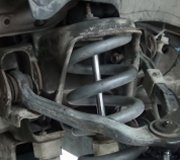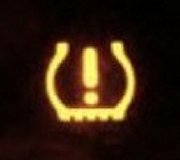"Drive" and "reverse" are engaged when hydraulically-operated clutch packs are engaged. It takes pressurized transmission fluid to do that, and that is supplied by the transmission's pump that is run by the engine. To say that a different way, when the engine is not running, "reverse" and "drive" are the same as "neutral", so of course the vehicle can move on its own. The only time the transmission is physically locked is when it's in "park", but even then, if one of the tires is on ice, it can roll the other way while the other tire and the vehicle can go downhill. The only way to stop it from rolling on an incline, and on ice, is one tire must be on dry pavement and the parking brake must be applied.
Your van shouldn't have moved if it was sitting on flat ground. It would move freely though if it was hit or pushed. One of the characteristics we go for with an alignment causes the steering system to want to return to center when we let go of it after turning a corner. Because of the suspension and steering system geometric relationship, that also causes the steering system to want to turn off-center on its own when going backward. So the issue is what made the van move if it was on a flat surface? Once moving, it is almost a certainty the steering system would turn to one side, and 20 feet is more than enough distance and time to build up enough speed to break things.
SPONSORED LINKS
Tuesday, February 16th, 2021 AT 6:45 PM




